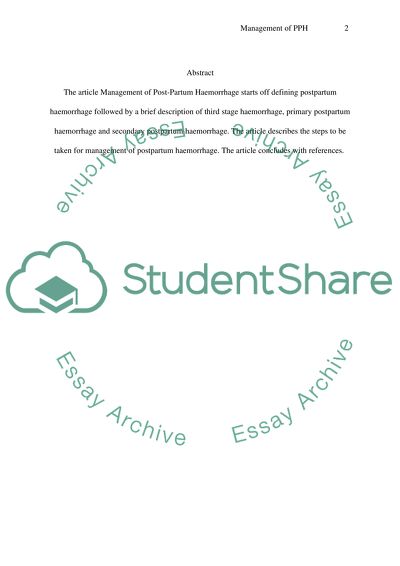Cite this document
(“Management of Post-Partum Haemorrhage Essay Example | Topics and Well Written Essays - 1000 words”, n.d.)
Retrieved from https://studentshare.org/health-sciences-medicine/1502279-management-of-post-partum-haemorrhage
Retrieved from https://studentshare.org/health-sciences-medicine/1502279-management-of-post-partum-haemorrhage
(Management of Post-Partum Haemorrhage Essay Example | Topics and Well Written Essays - 1000 Words)
https://studentshare.org/health-sciences-medicine/1502279-management-of-post-partum-haemorrhage.
https://studentshare.org/health-sciences-medicine/1502279-management-of-post-partum-haemorrhage.
“Management of Post-Partum Haemorrhage Essay Example | Topics and Well Written Essays - 1000 Words”, n.d. https://studentshare.org/health-sciences-medicine/1502279-management-of-post-partum-haemorrhage.


